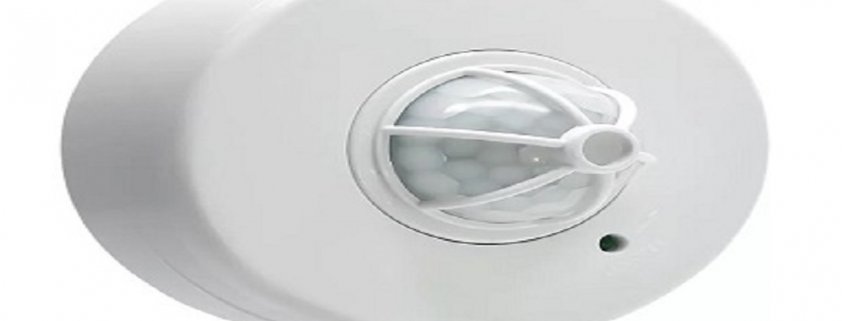The Burgeoning Occupancy of the Occupancy Sensors Market
The occupancy sensor market is projected to grow at a CAGR of 12.94% during the forecast period to reach a valuation of US$1,375.279 million by 2027, from US$586.672 million in 2020.
Occupancy sensors are sensors that detect motion thus enabling the detection of space occupancy by the use of a number of advanced technologies like microwave, infrared, radar, ultrasonic, or video image processing. In the absence or presence of a person, these sensors automatically operate the necessary actions, like turning either the HVAC or the light systems to on or off. The sensors are mostly integrated with an IoT network of the building systems to facilitate the efficient management of the occupancy of space along with energy conservation. The innovation and technological advancements of programmable sensors with regard to the precision of detection and efficient performance have enhanced the working of occupancy sensors more than before. The rapidly growing penetration of IoTs along with the increasing development of smart offices, smart homes, as well as smart cities are a few factors that are primarily likely to contribute to the growth of the occupancy sensor market. The global occupancy sensor market is segmented on the basis of the end-user sectors, the types of sensors, and geographical regions.
The burgeoning demand for energy-efficient devices along with the constant development of integrated smart occupancy sensor solutions to augment market growth
In the current times of digitalization, where the world is constantly looking for ways to automate various operational processes, these sensors offer a broad range of opportunities to building owners, right from residential spaces to commercial infrastructures and hospitals. Low energy and resource consumption, along with cost-efficiency are the major appealing factors for this. For instance, these sensors are very actively being employed in offices for the efficient management and utilization of space, meeting room efficiency, as well as desk hoteling, among others, by their installation in multiple strategic locations to detect the motion in areas with high traffic. Due to all these benefits, occupancy sensors are seeing an increasing demand in commercial buildings. A number of occupancy sensor manufacturers are also actively seeking strategic partnerships in order to provide an enhanced user experience. For instance, in January 2022, Sensative, a Sweden-based global IoT solutions provider, and Actility, a key Low Power Wide Area Network connectivity solutions provider for IoTs, entered into a collaborative venture along with joint work with WMW. With this, the former launched an integrated LoRaWAN-enabled IoT desk occupancy monitoring solution. This solution makes use of an active IR sensor for the monitoring of desks. Further, In April 2022, Ambarella and Lumentum entered a partnership for the development of a novel joint reference design for the occupancy sensors. These sensors would combine the latest AI technology with privacy for smart buildings.
The rising investments in the development of smart houses, factories, enterprise buildings and cities drive growth in the market
Smart cities and homes integrate wireless technologies, IoT, and AI together, to allow users remote monitoring and control power management with the use of an integrated platform. These technologies aid the management of the cities for convenient interaction with the infrastructure facilities and also, with the community for the regulations of operations in the area. To accelerate economic growth and improve the quality of life through the application of smart technological solutions, governments of various countries across the globe have been actively developing smart cities. For instance, the Union Ministry of Urban Development under the Government of India has successfully commenced and completed 3577 tendered projects as a part of its National Smart Cities Mission, which is an urban retrofitting and renewal program, investing about INR 60,073 crores in 6939 overall projects. Simultaneously, in November 2021, the South Korean government’s Ministry of Land, Infrastructure, and Transport announced its initiative to commence the development of smart city platforms across the 64 selected medium and small-sized cities via a state project valued at USD 25 million. Similar initiatives being deployed in various parts of the world are fuelling the demand for the occupancy sensor market.
COVID-19 Insight
The outbreak of COVID-19 affected the occupancy sensor market negatively. Several manufacturing industries had to pause their operations due to the implementation of the subsequent lockdowns. The United States and China were the worst affected nations by the COVID-19 pandemic, as they are also two of the largest providers of technology across the globe. Further, the rise in active cases and the mandate of social distancing measures reduced staffing, hence, reducing productivity as well. Additionally, the recession caused in the economy forced several companies to pause many ongoing projects. However, the rising adoption of automation technologies since the pandemic to monitor and regulate the systems remotely has had a positive effect on the market growth for occupancy sensors.



